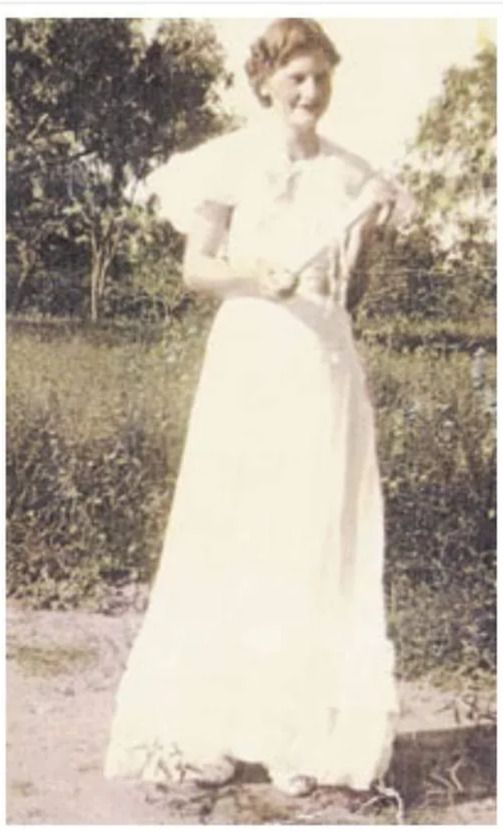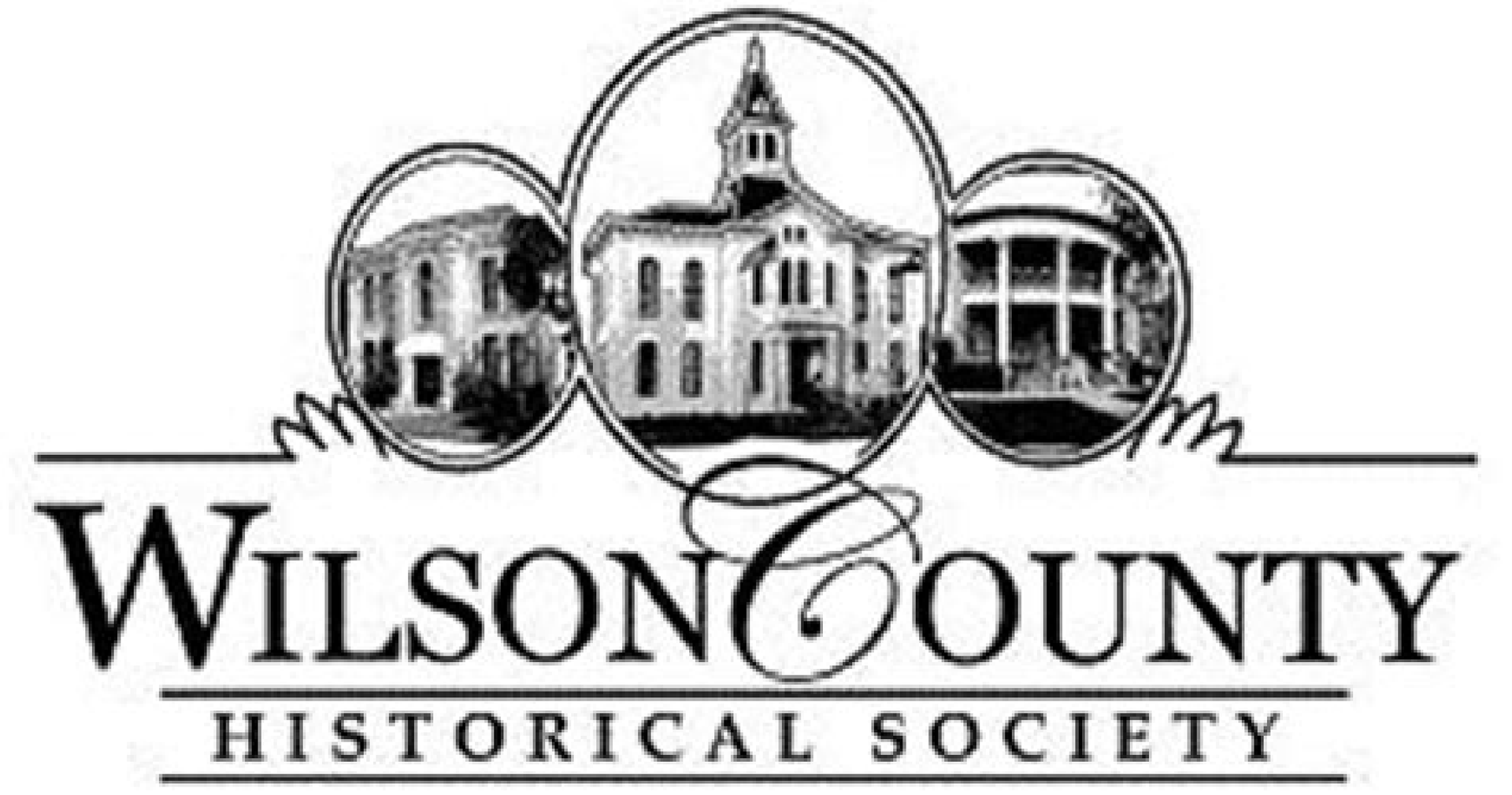by Barbara J. Wood

A rich history of faith and learning
Written in 2004 .... "Sacred Heart School still going strong after 71 years" making Sacred Heart School almost 90 years old in 2022.
By Amy Seiford | July 14, 2004 | Wilson County News
By Amy Seiford | July 14, 2004 | Wilson County News
While Father Peter Zarb retired in 1939 after 41 years at Sacred Heart Catholic Church in Floresville, his greatest contribution continues standing today — Sacred Heart School.
Zarb first dreamed of having a parochial school in Floresville in 1916 and drew up plans for the two-story school. He set out to secure funding; however, it was not until 1933 that the school came into existence, after the church's Golden Jubilee.
Zarb was 70 years old when the school was built, and retired a few years later. He built the school on his own land and gave it to the Sisters of the Incarnate Word and Blessed Sacrament in San Antonio, and the school continues to benefit from the interest from other land that he deeded to the school. Although Zarb's health did not allow him to develop the school, he remains immortalized through a plaque commemorating the priest, through whose vision and industry the school became a reality.
When the school opened, and for many years after, two sisters comprised the entire staff of the institution. There were two classes with each sister having several grades in one room.
According to Brenda King, whose mother, Mary Ella Richardson Tackitt, was one of the first graduates of Sacred Heart School in 1934, the first graduating class had three members: Michael De La Zerda, Cecila George Hogan, and Richardson, who later married Joe D. Tackitt Sr. King said her mother always spoke fondly of her experiences at Sacred Heart School. Tackitt always told the story of how it took her and her family an hour to get to school every day in their two-seated hack buggy drawn by two horses. Despite a long commute, Tackitt was always on time for school and daily Mass. She also always spoke of the beautiful park with a fishpond in back of the school and remembered playing softball during lunch and recess in the park.
The Tackitts sent all 11 of their children to the school. To this day, the Tackitt family tradition continues, as King has worked at the school for the past 13 years. The Tackitts' son, Sheriff Joe D. Tackitt Jr., participates several times a year as a guest speaker, and the Tackitts' great-grandchildren, Dylan Pollok and Payton Meuth, currently attend the school.
Throughout the Great Depression and World War II, the school faced challenges as the birth rate declined and Father Fred Drees, who took over for Zarb in 1941, raised questions about the school.
Drees stated that it was unlawful for Zarb to deed the property for the school to the sisters since the grounds belonged to the diocese. Drees said Zarb violated the clause in the original deed since he did not first offer it to the bishop and the congregation at Sacred Heart.
The sisters gave the land to the school, and in September 1950, after Drees left, the school became a parochial institution and enrollment swelled from 47 students to 84. During all of these years, the sisters lived in the school building in the area that currently is used as the library.
To help with enrollment, Monsignor John Gerbermann went to visit the homes of all school-aged children in the area, telling parents that they were obliged to send their children to the parochial school. At that time, Catholics were taught it was a sin for them to send their children to public schools, if Catholic education was available. By 1959, there were 226 children in the school, which now had six classes, two of them taught by lay teachers. Tuition was $2 a month.
According to records of the school's history, a Catholic school in a rural town was difficult to maintain, and Sacred Heart wasn't any different during the 1960s and early '70s, when many had no transportation to send their children to the school. Despite constant crises, Sacred Heart School survived, one of only a handful of Catholic schools between San Antonio and the Mexican border.
A major development was the construction of a new school building in 1963. The original building was bursting at the seams. The new building, consisting of four large, bright classrooms, made considerable expansion possible. The first kindergarten class was admitted in 1963. The following year, the school had eight separate classes with only the seventh and eighth grades combined into one class. It would not be until 1975 that the school reached its full development with the addition of a ninth class. For the first time in its history, the school would have a separate room and individual teacher for every year, kindergarten through eighth grade.
While other problems plagued the school, a number of schools closed down during the '70s. Sister Bertha, who was principal of the school from 1968-75, would not cave in to pressure to close the school.
One of the last things that Sister Bertha did before leaving Floresville to take over another parochial school in San Antonio was to join the Volunteers for Educational & Social Services (VESS), a move that was credited as a critical move in keeping the school open. The service, which is sponsored by the Catholic Church in Texas, recruits volunteers from all over the country to help staff schools and other agencies for a modest stipend and living accommodations. Without the service, the school could not have afforded enough staff to fill teaching positions, and therefore, would not exist.
By 1977, the Sisters of Incarnate Word and Blessed Sacrament withdrew from the school. Father Wallis Stiles, who served the church from 1977-79, had to deal with the effects of no sisters in the school and dropping enrollment. A group of VESS members, including the principal, kept the school alive with the help of a determined band of parents, particularly those on the school board. They refused to yield to pressure and accept what others considered the inevitable demise of the school. People began to wonder, after three different lay principals, no sisters, and a principal who was not Catholic, what the future of the Catholic school would be.
In April 1979, Father Jeremiah Murphy of Ireland worked on restoring peace in both the parish and the school. He was able to convince the Sacred Heart of Sisters of San Antonio to send two sisters to help staff the school. He also worked with the school board to provide for the financial needs of the school, while searching for a qualified Catholic principal.
Through VESS, he contracted with Ann Powers, who came to the school and worked to restore stability and educational quality to the school, gaining the support of many parents. In the 1981-82 school year, Sister James Marie Gonzales became principal, after serving two years as a classroom teacher. Enrollment increased and a renewed hope in the continuance of the school was formed.
Today, the school remains poised to grow with the addition of new principal, Susan Gonzales, who plans to add a grade level each year until the school is back to the 3K through eighth-grade format. With the addition of extracurricular activities such as music, dance, technology, and foreign languages, the school is continuing to change and grow. Currently, the school is open to 3K through second-graders. Religion programs remain the focal point of the day's instruction. Children attend a weekly Mass, and the school is accredited by the Texas Catholic Conference Education Department.
****************
Caption: Mary Ella Richardson Tackitt was one of the first three graduates of Sacred Heart School in 1934. Tackitt was always a large supporter of the school and sent all 11 of her children to the school.
